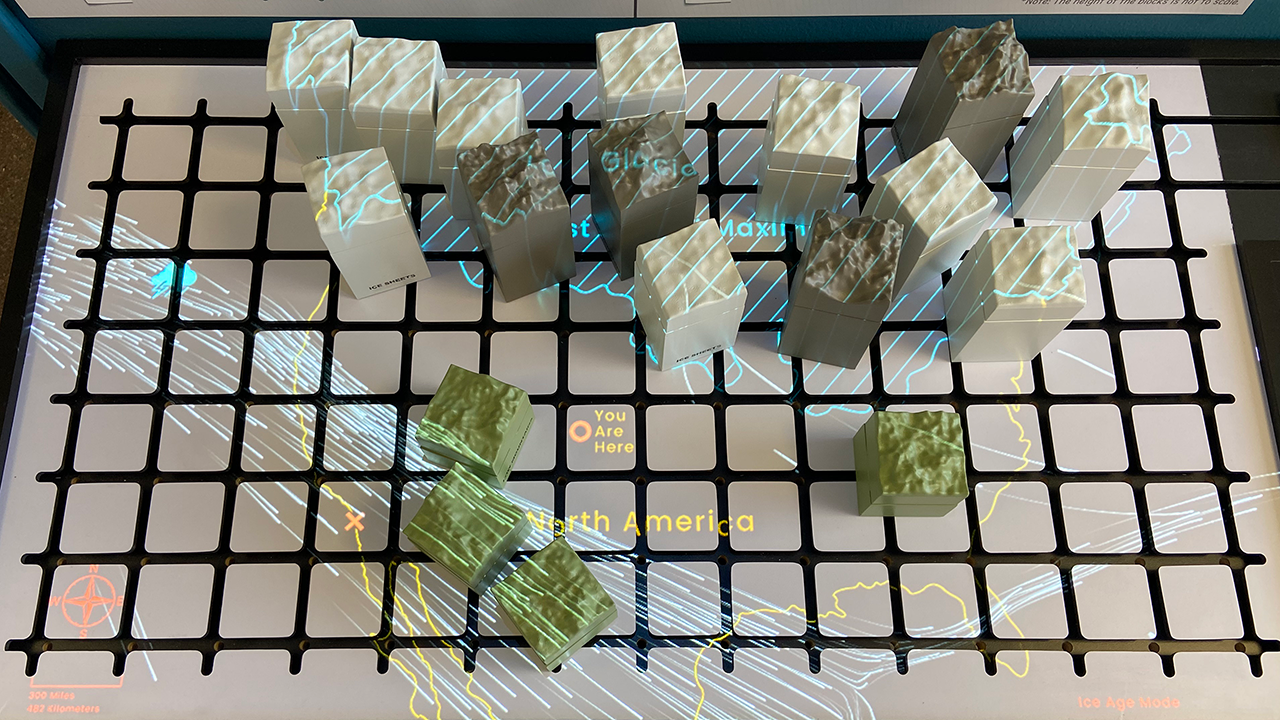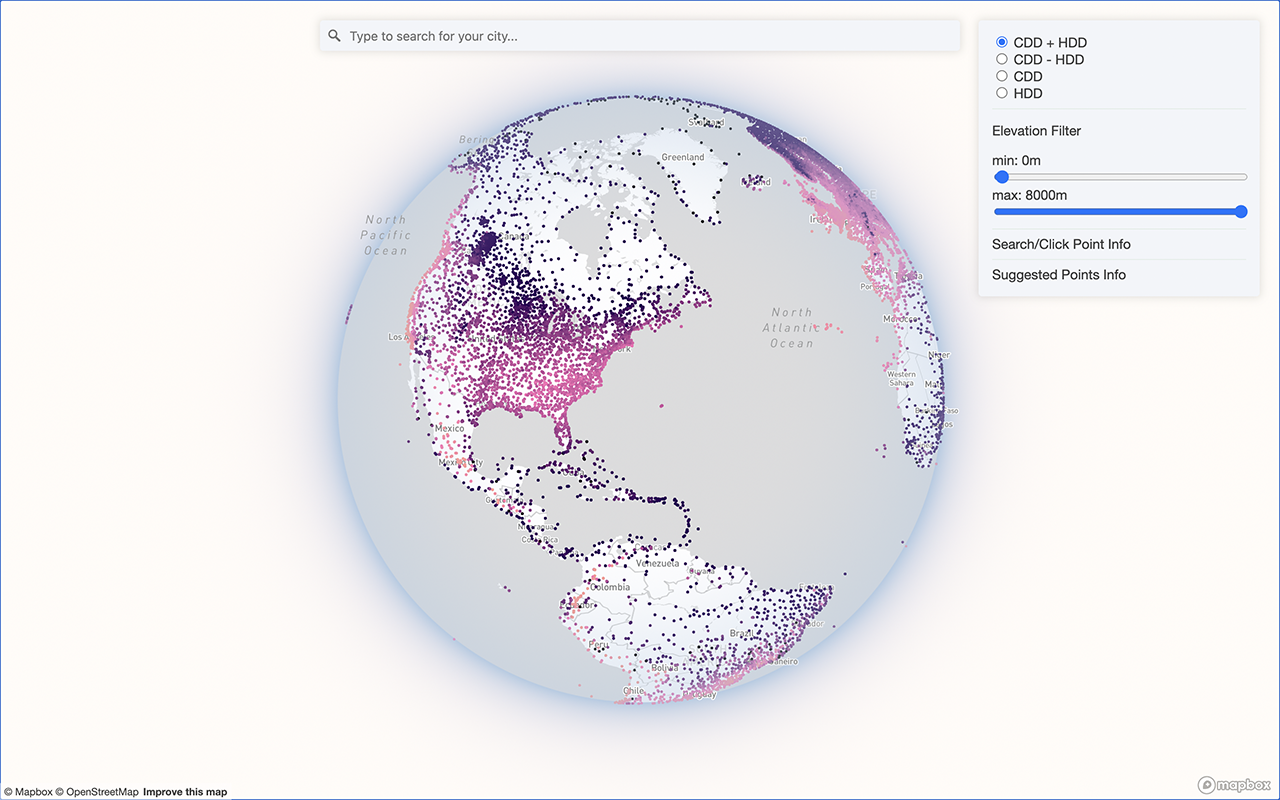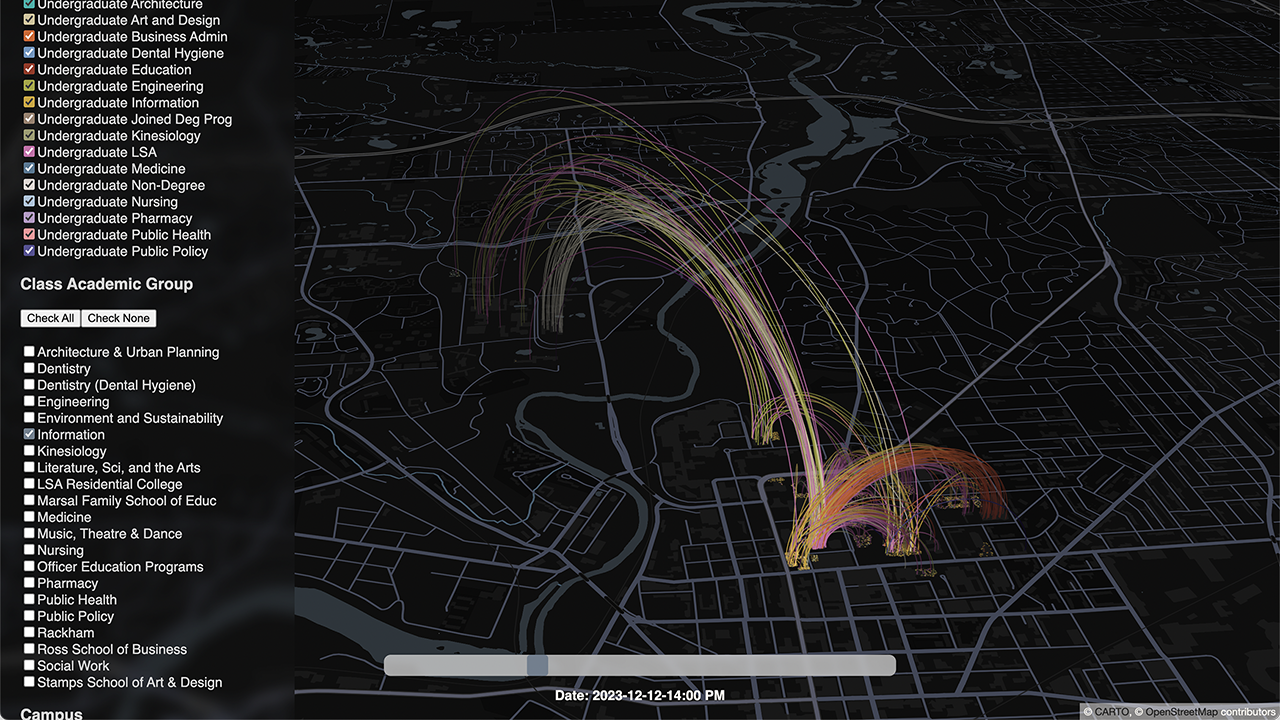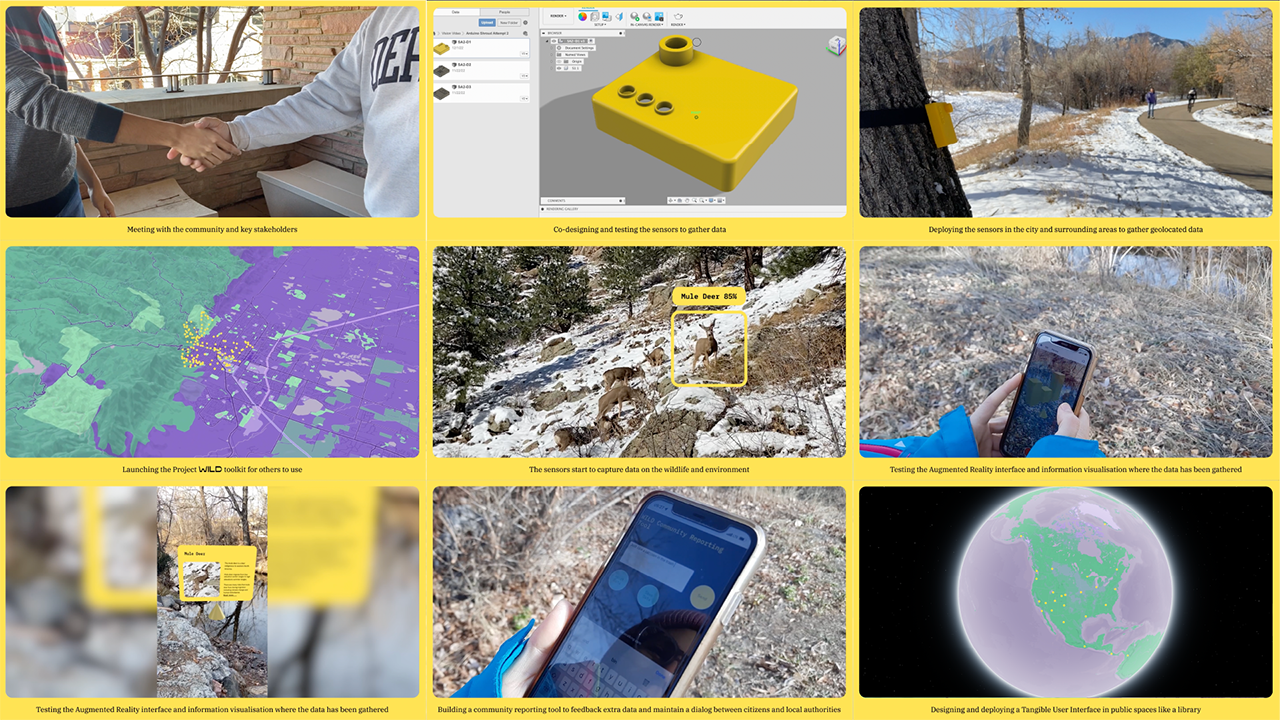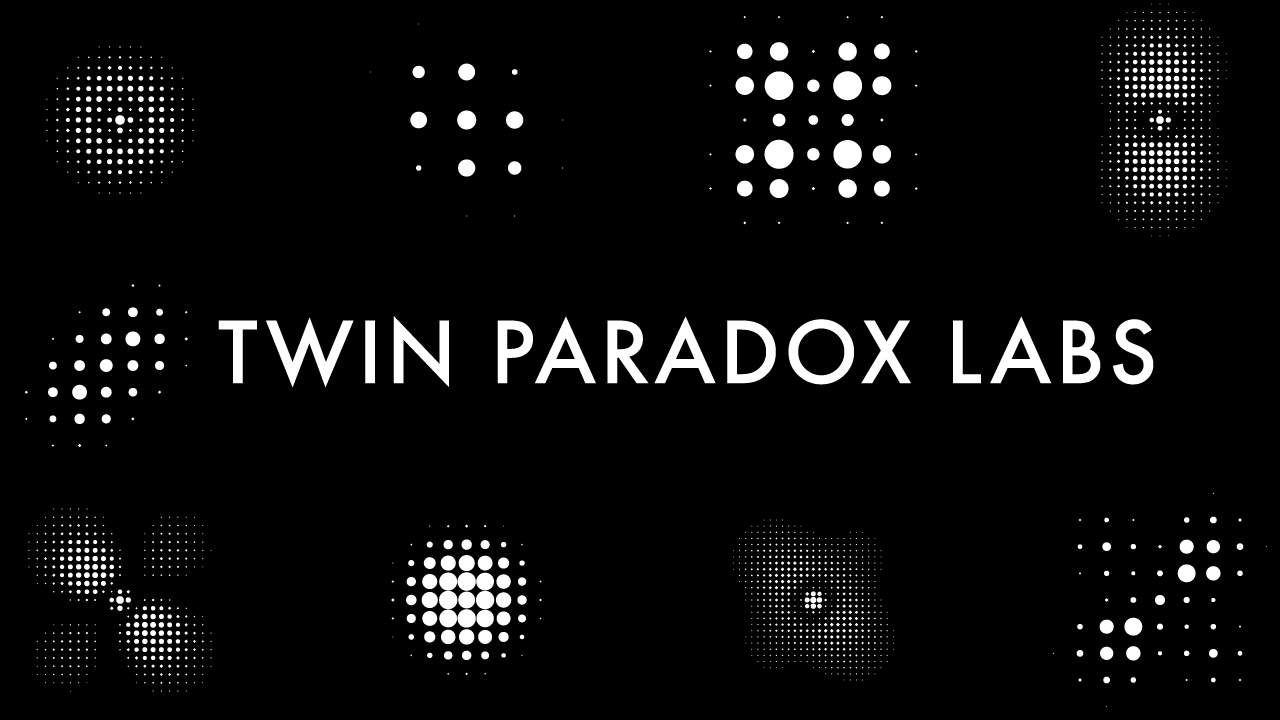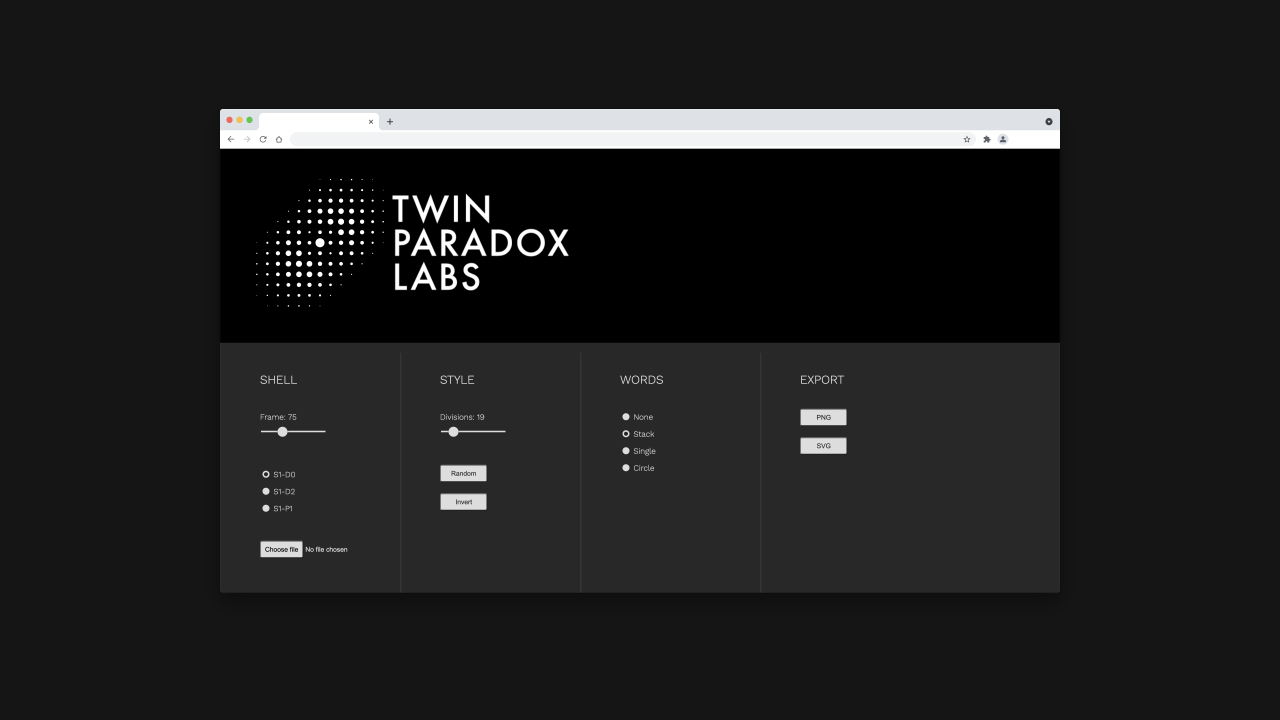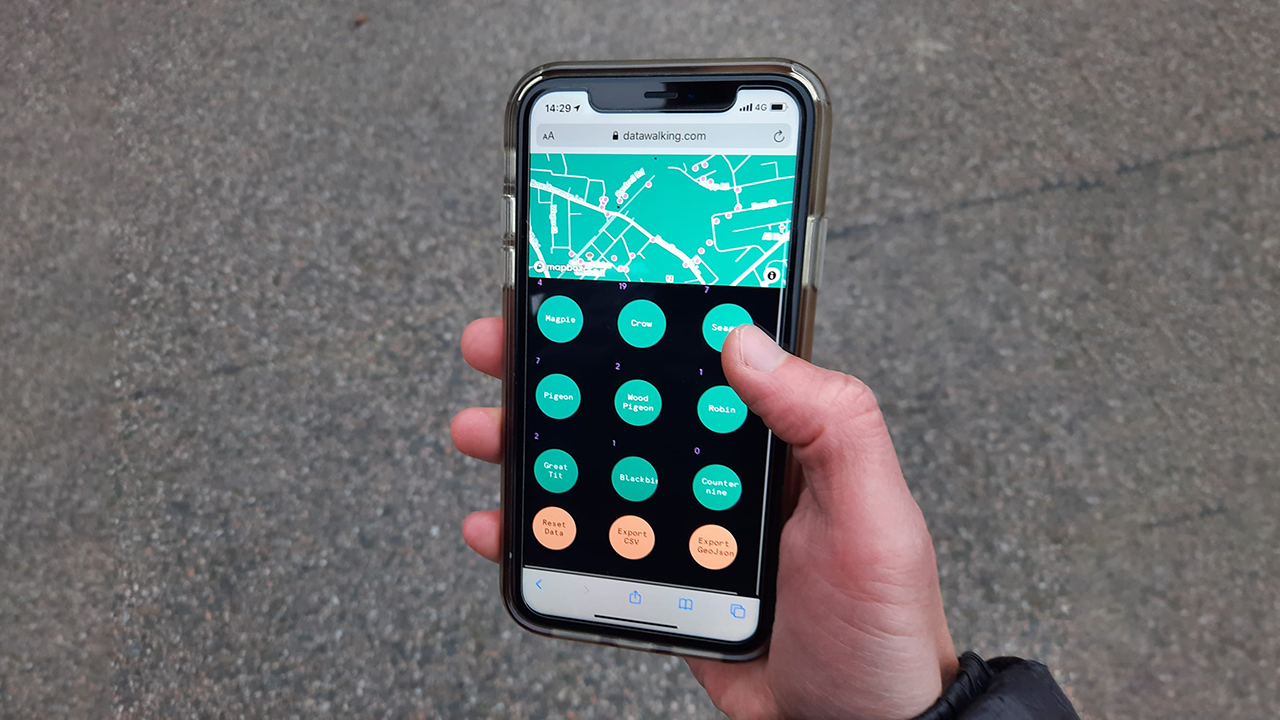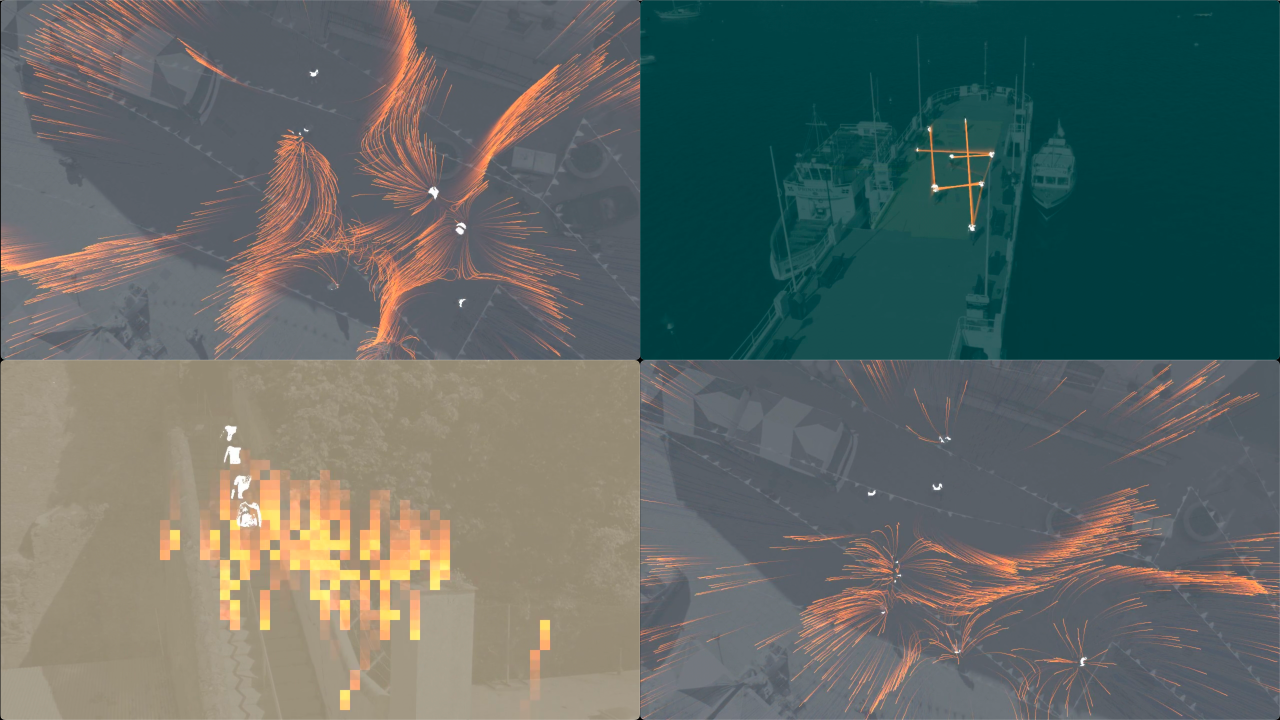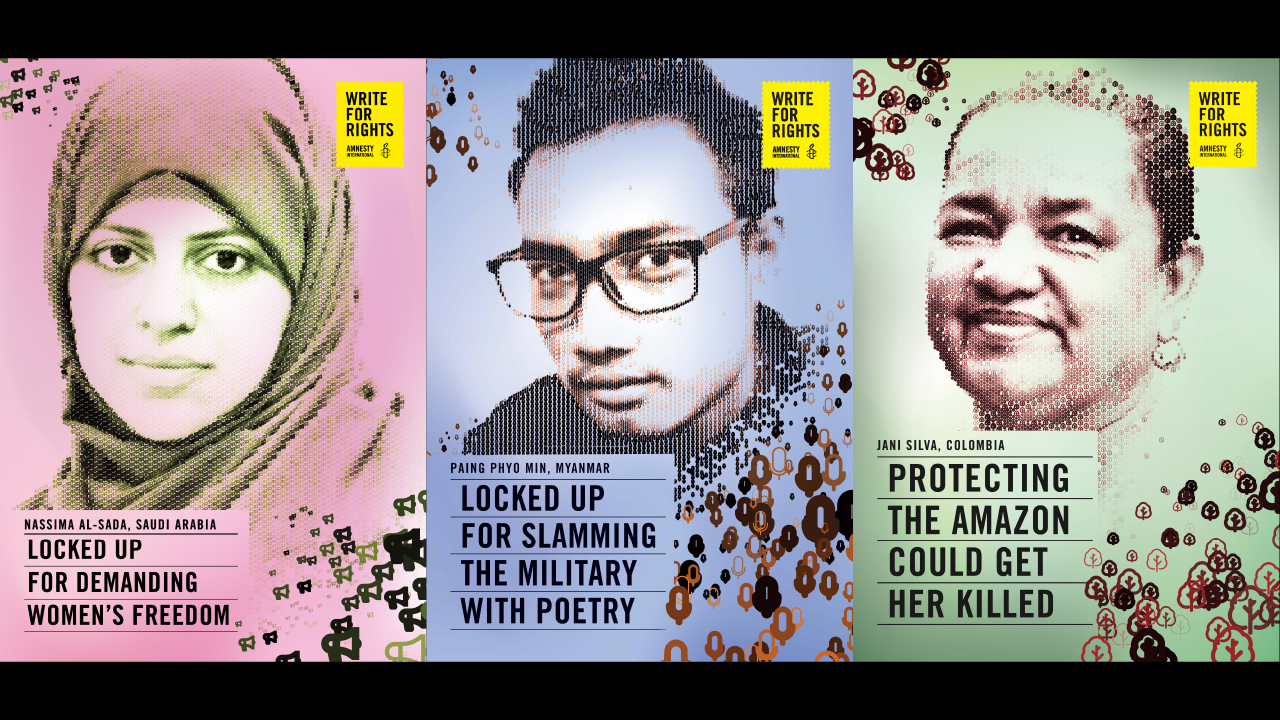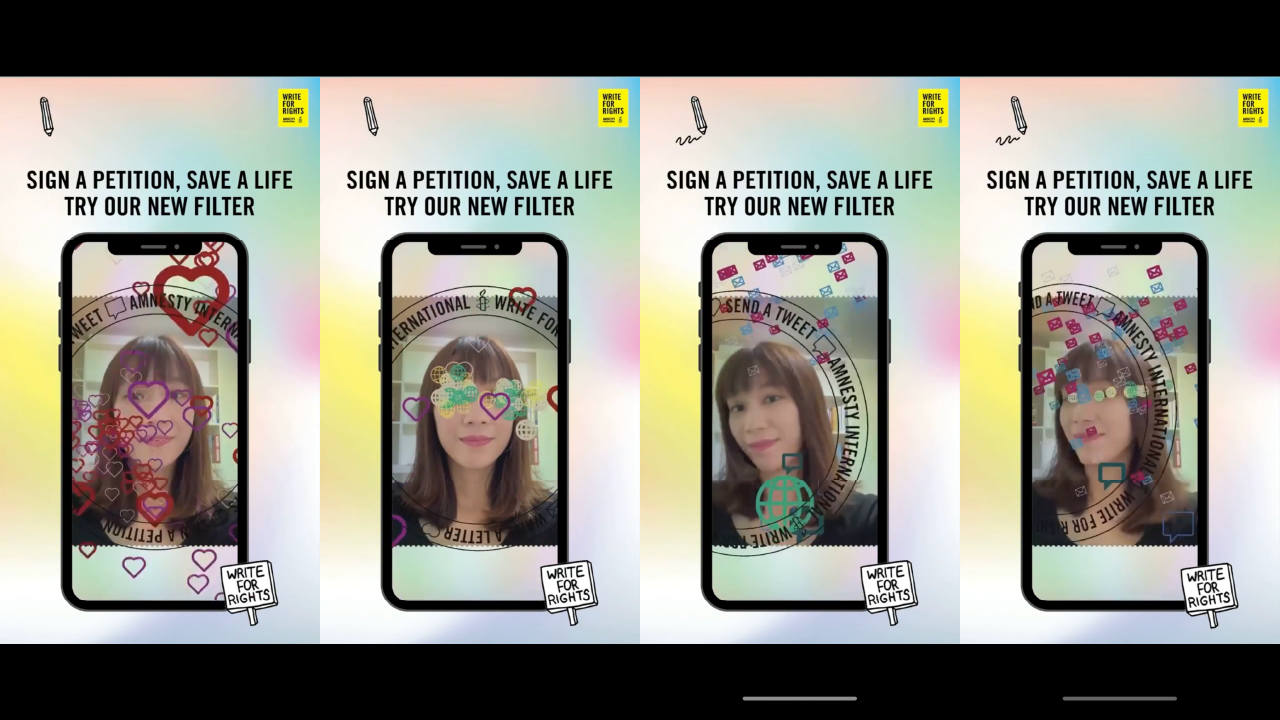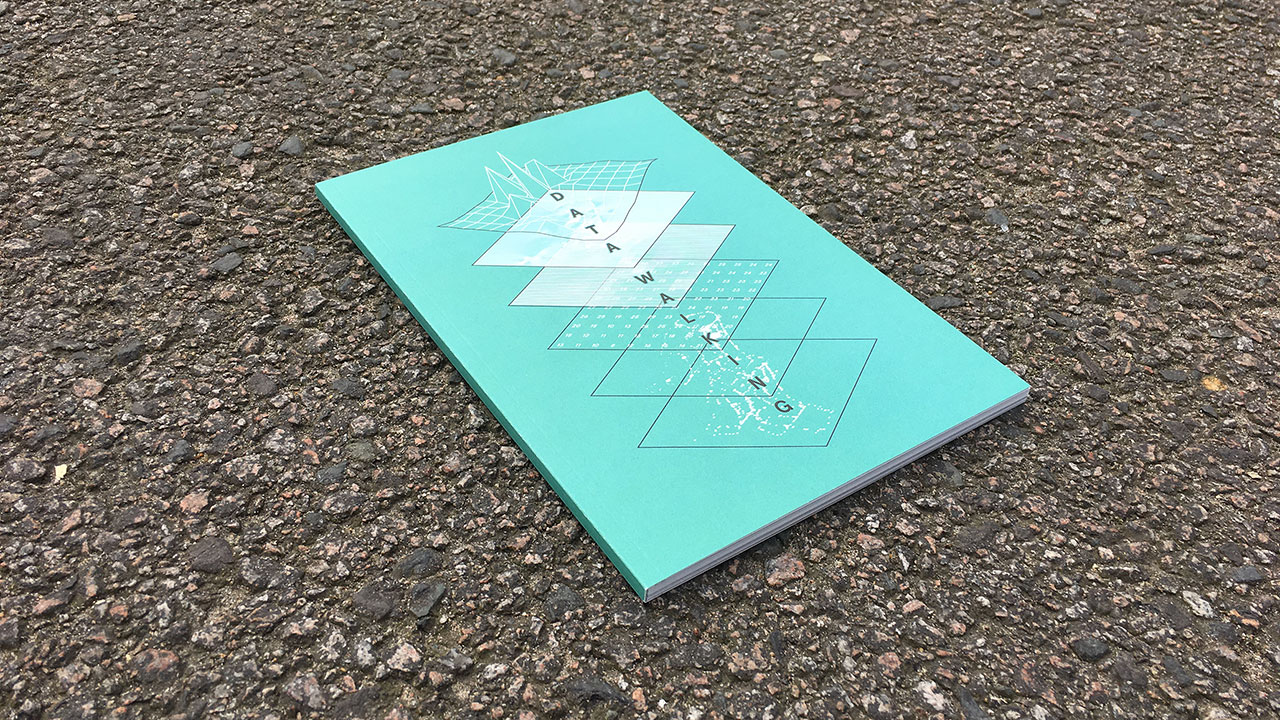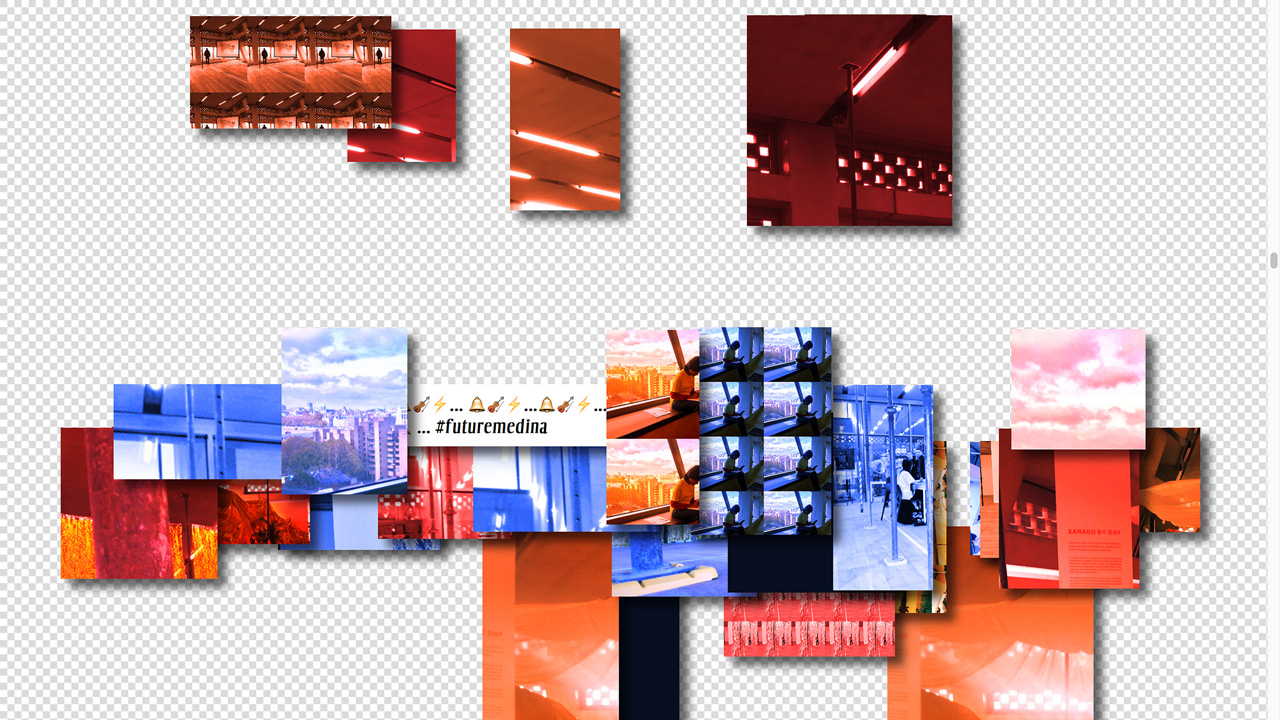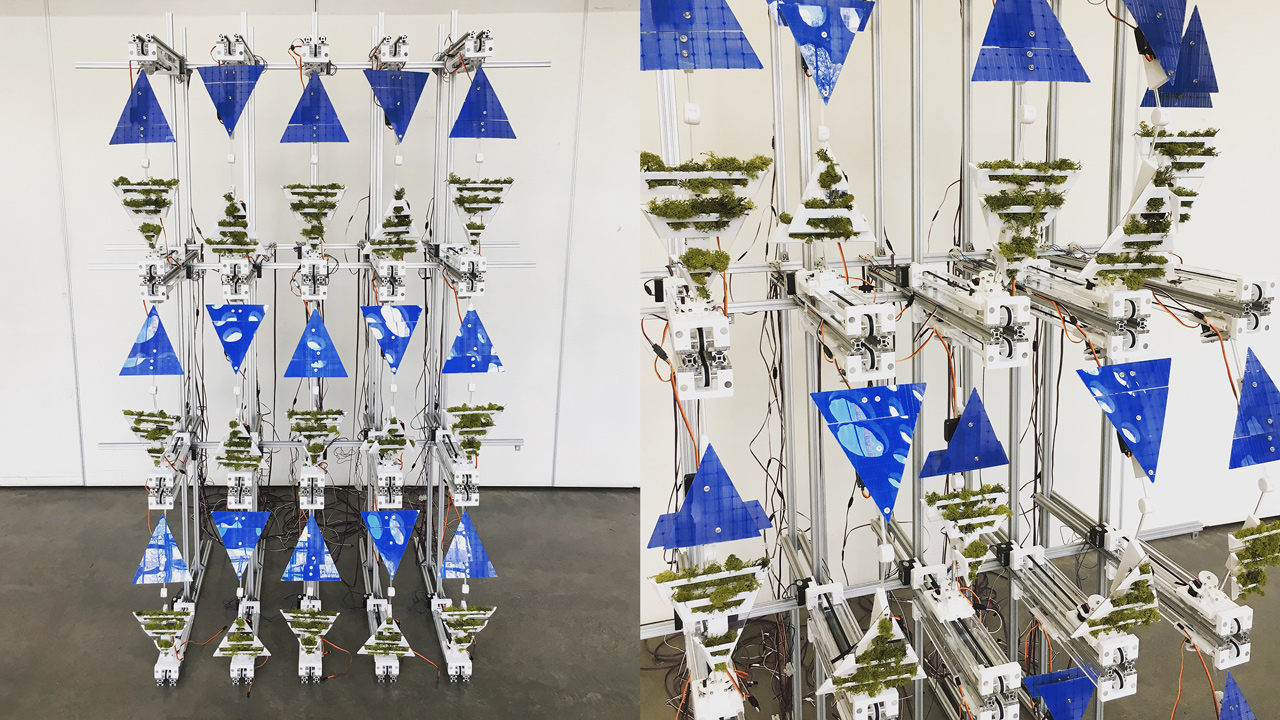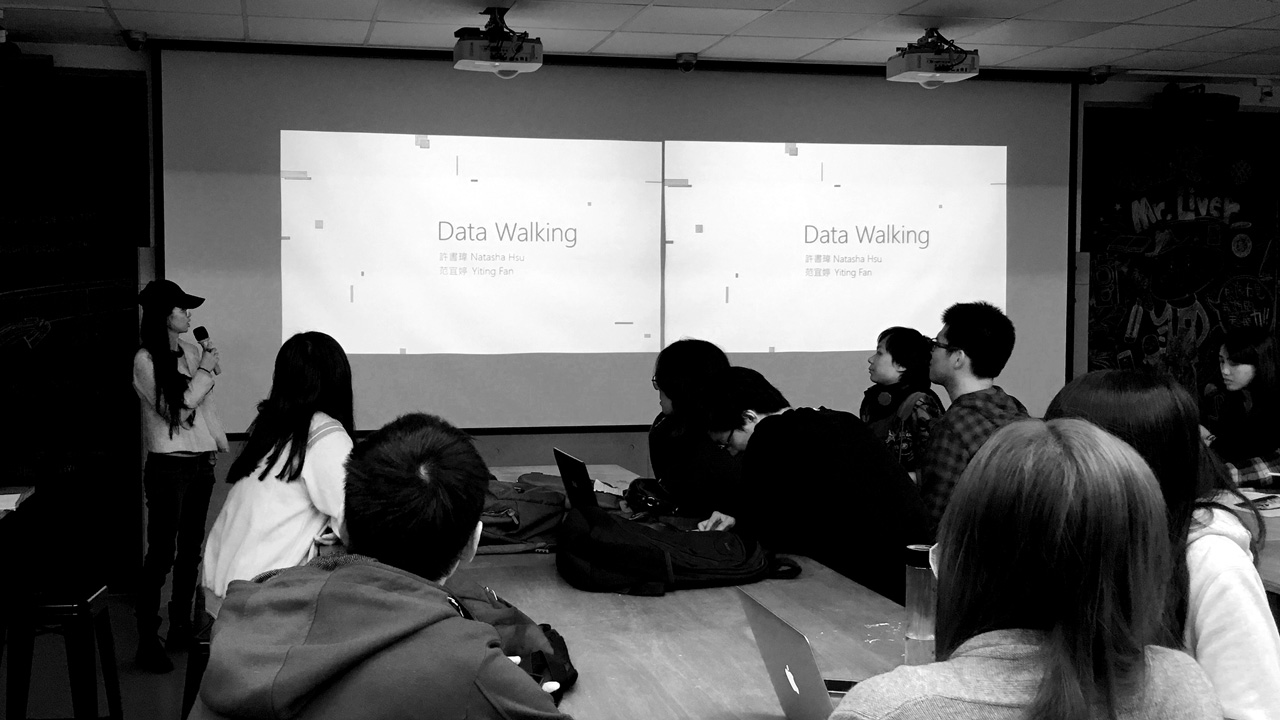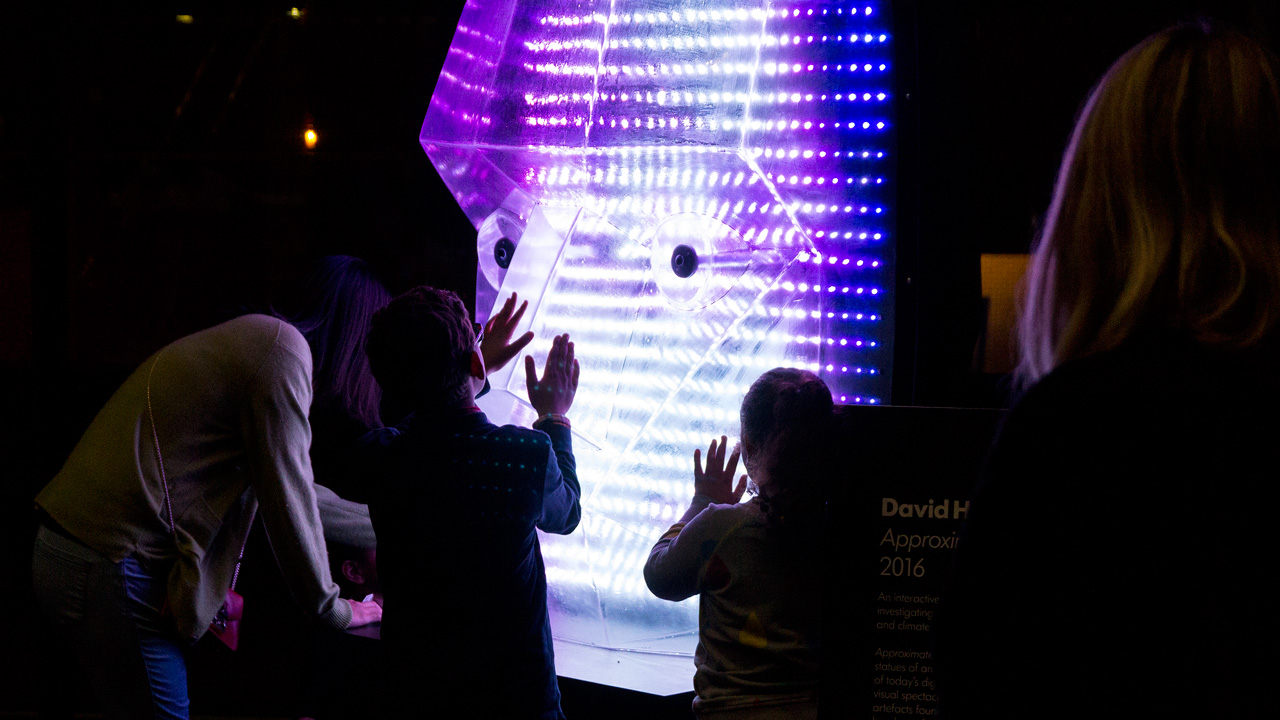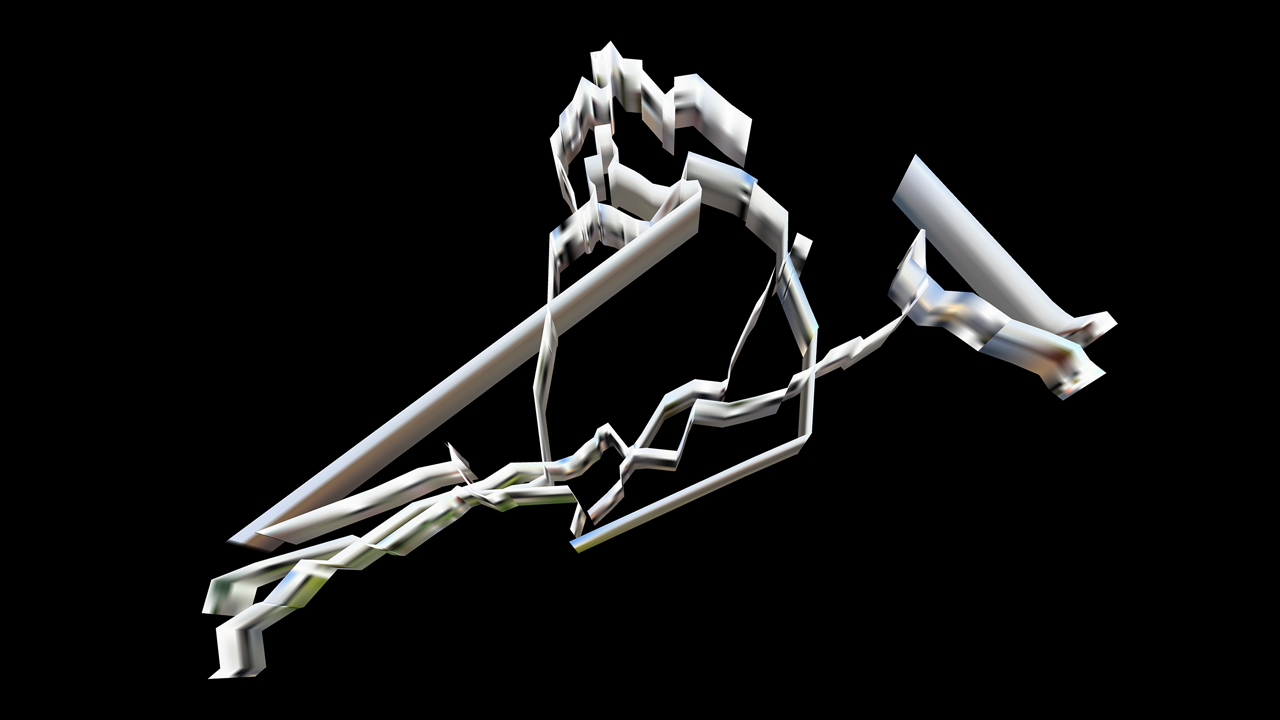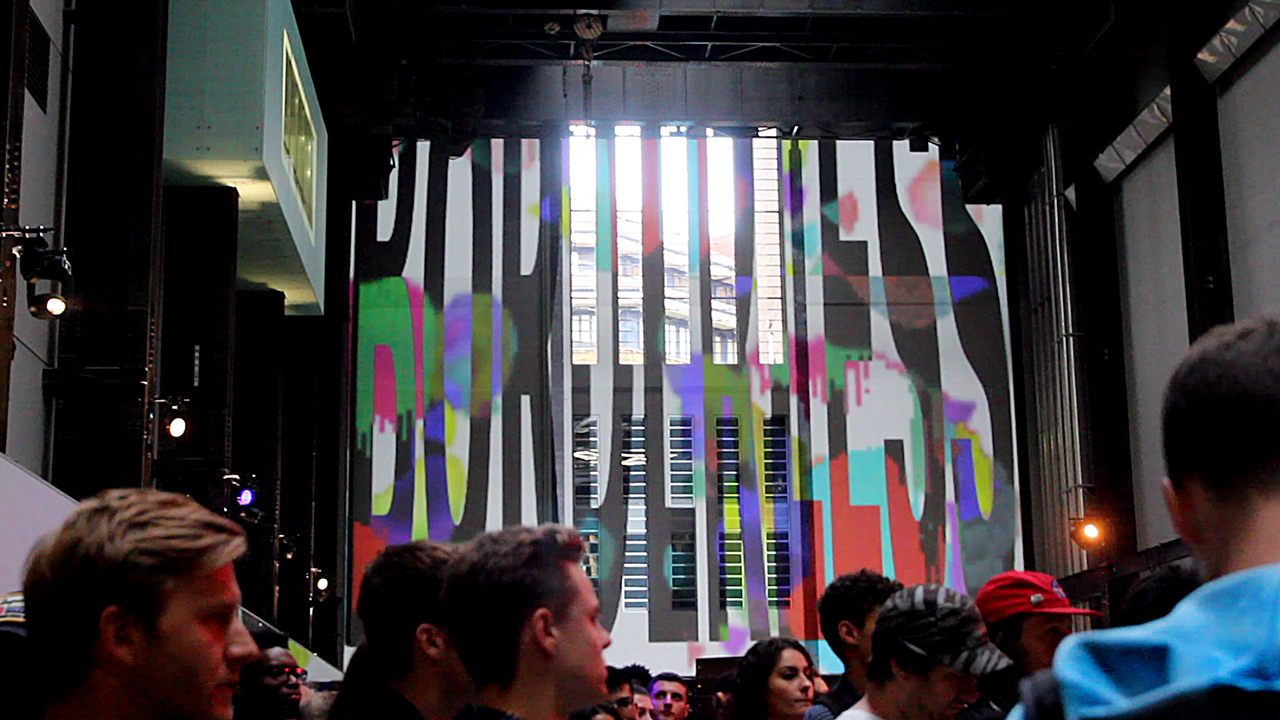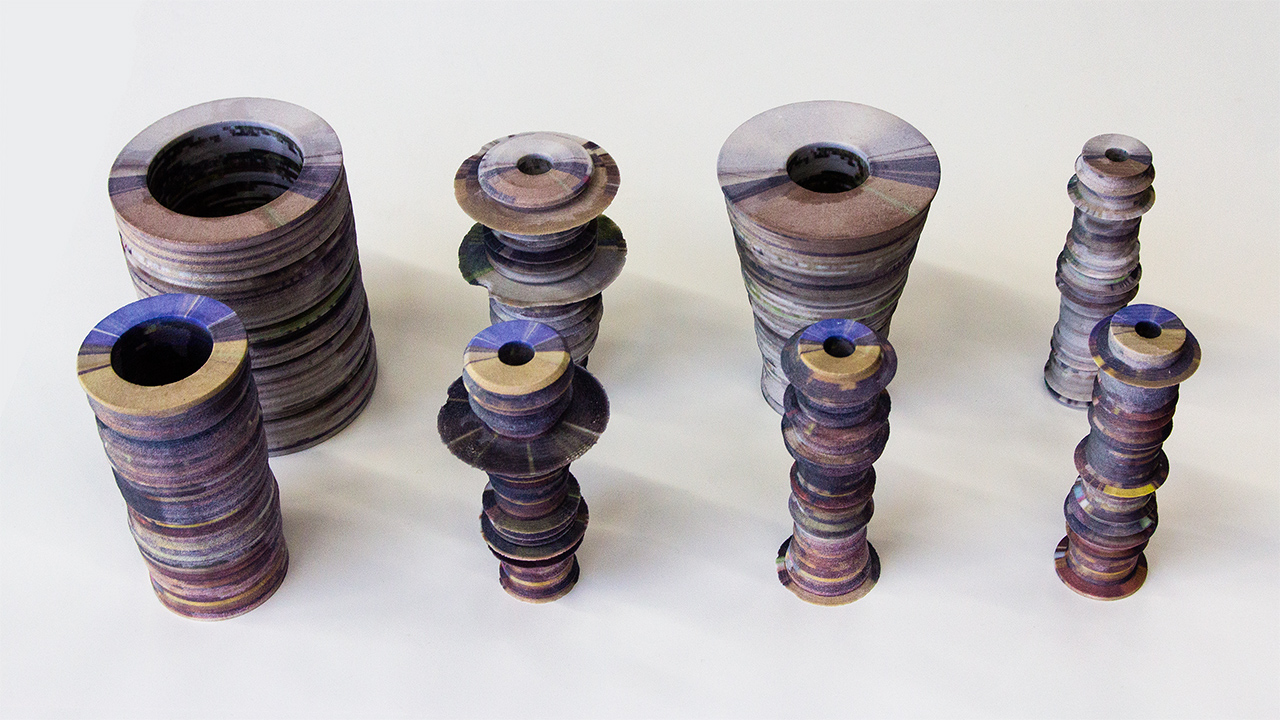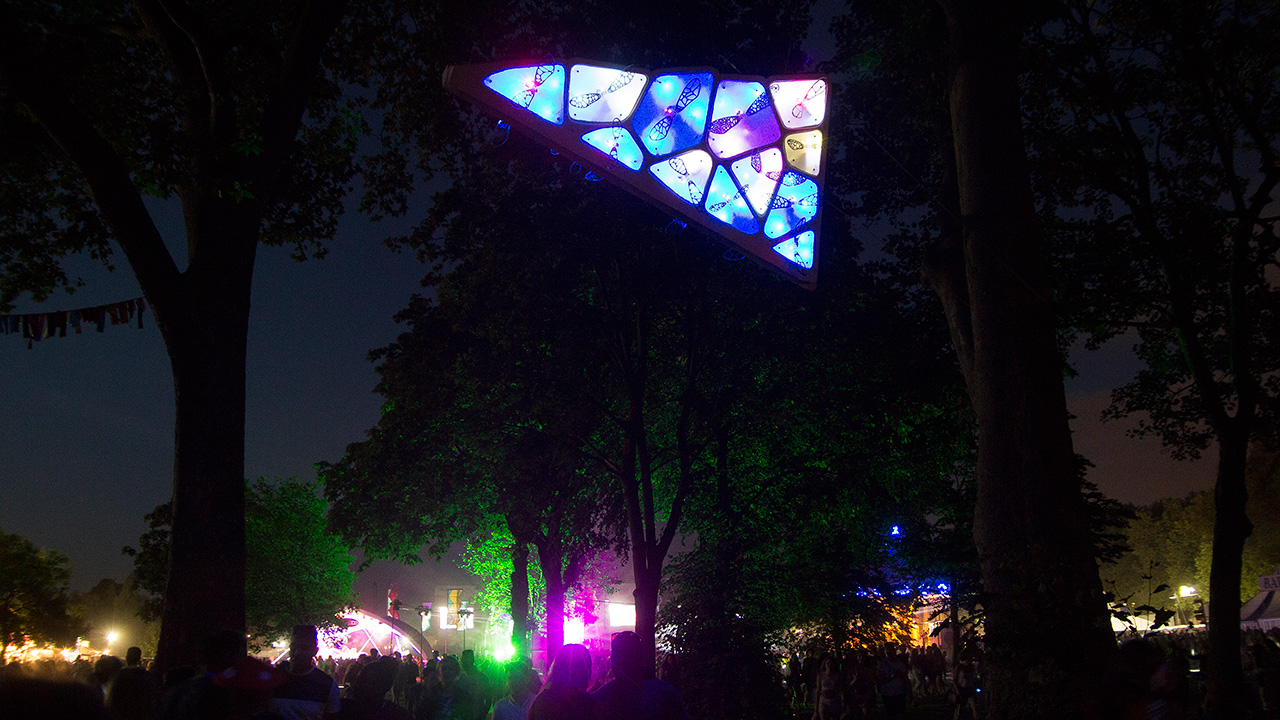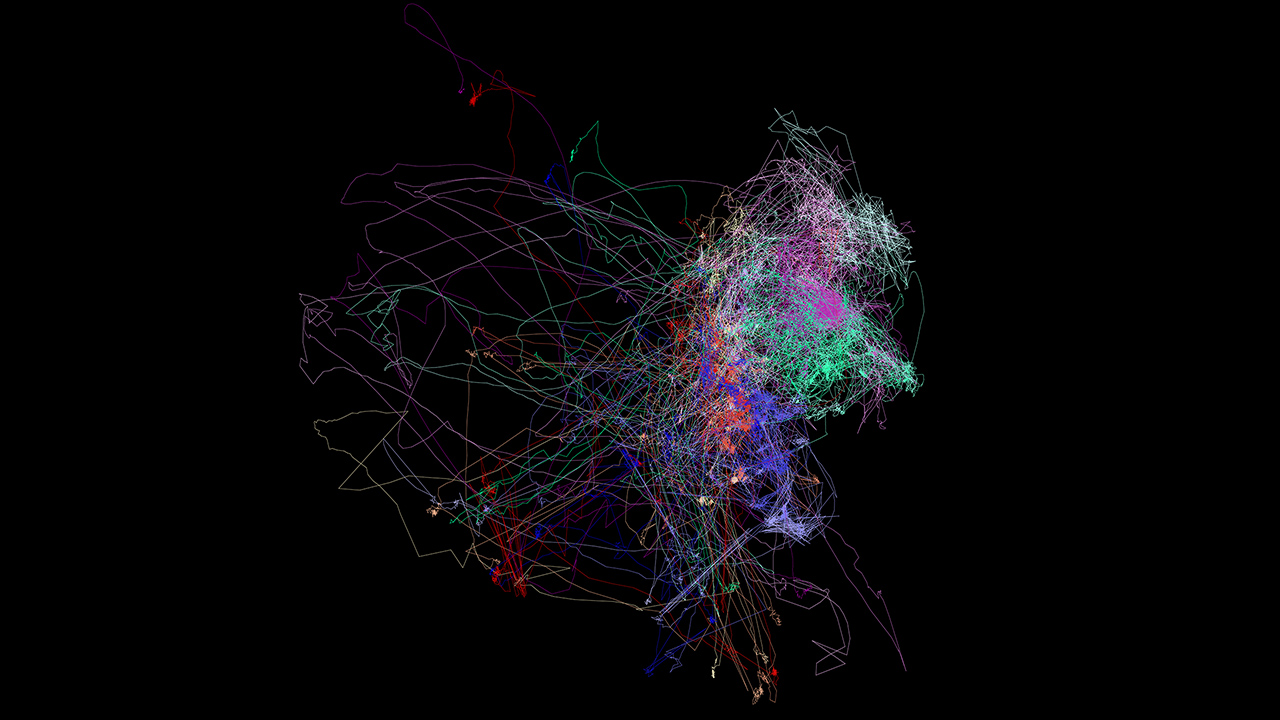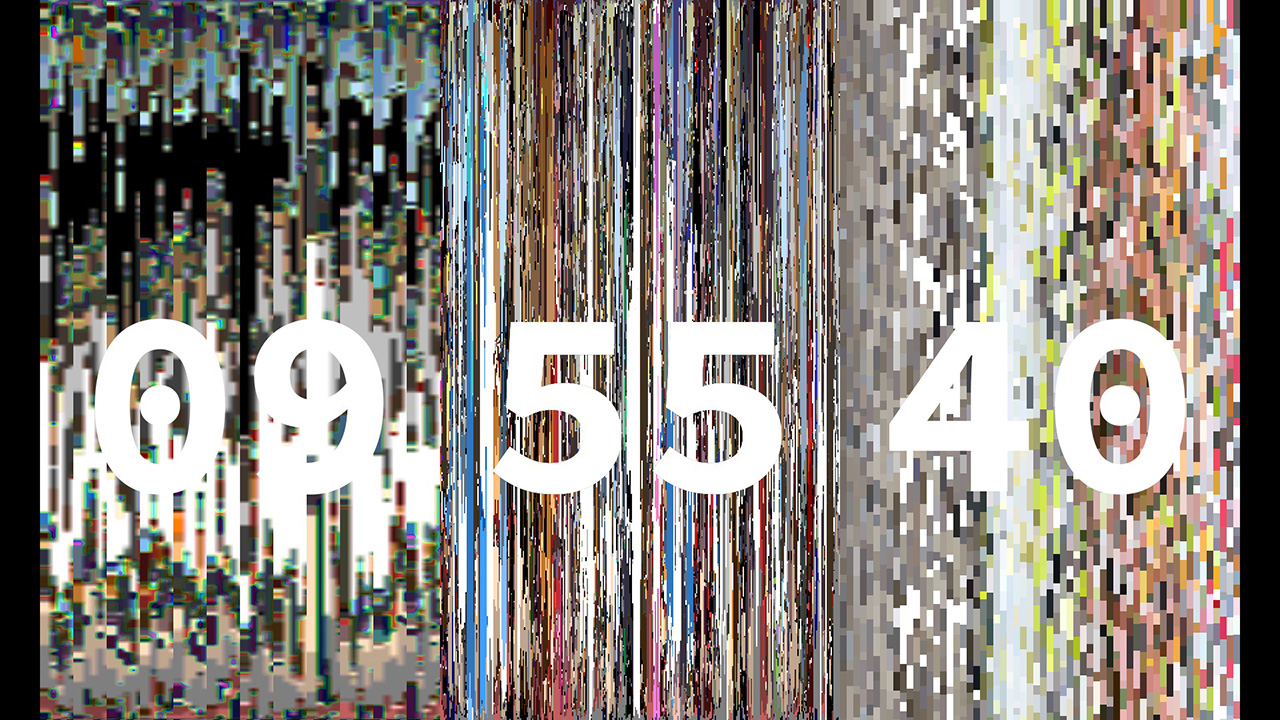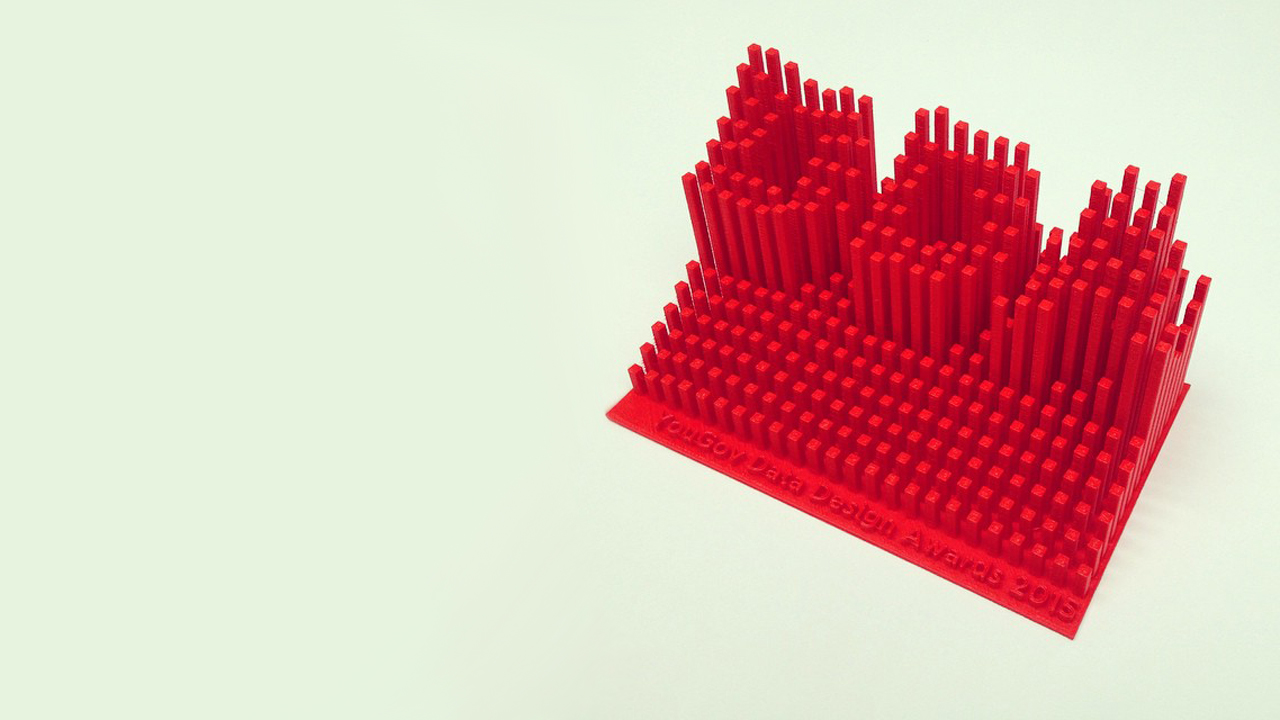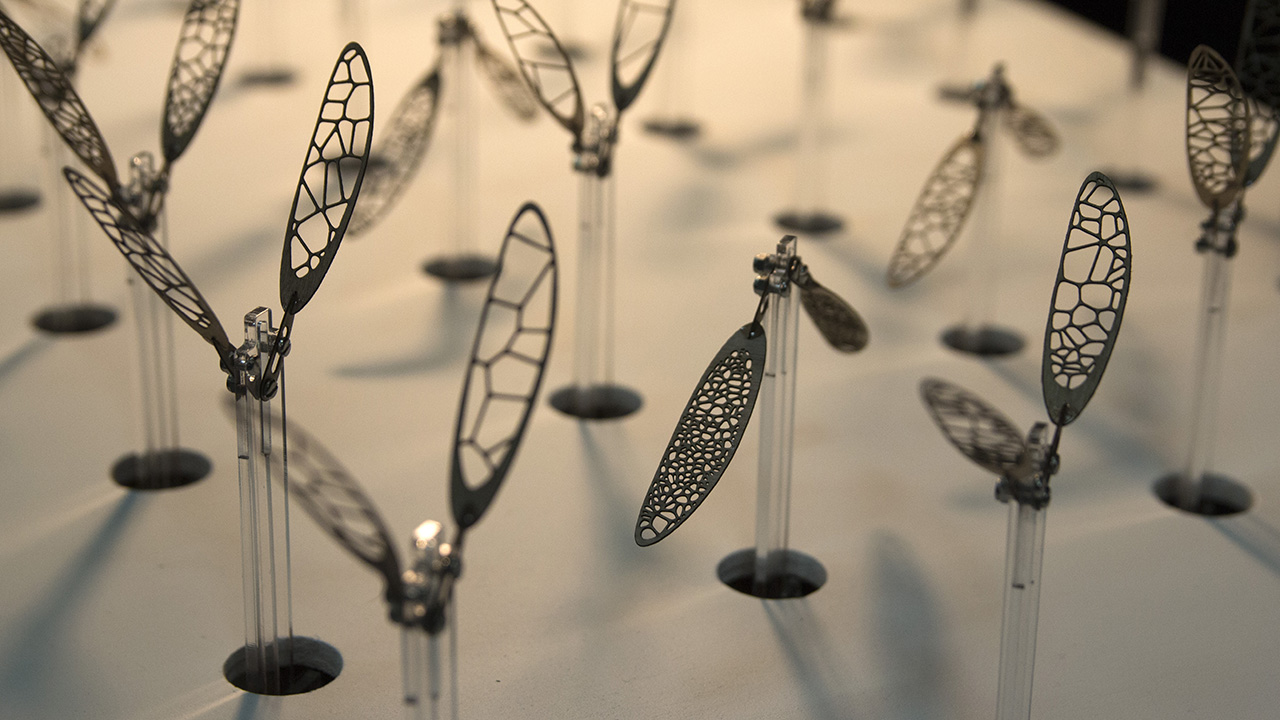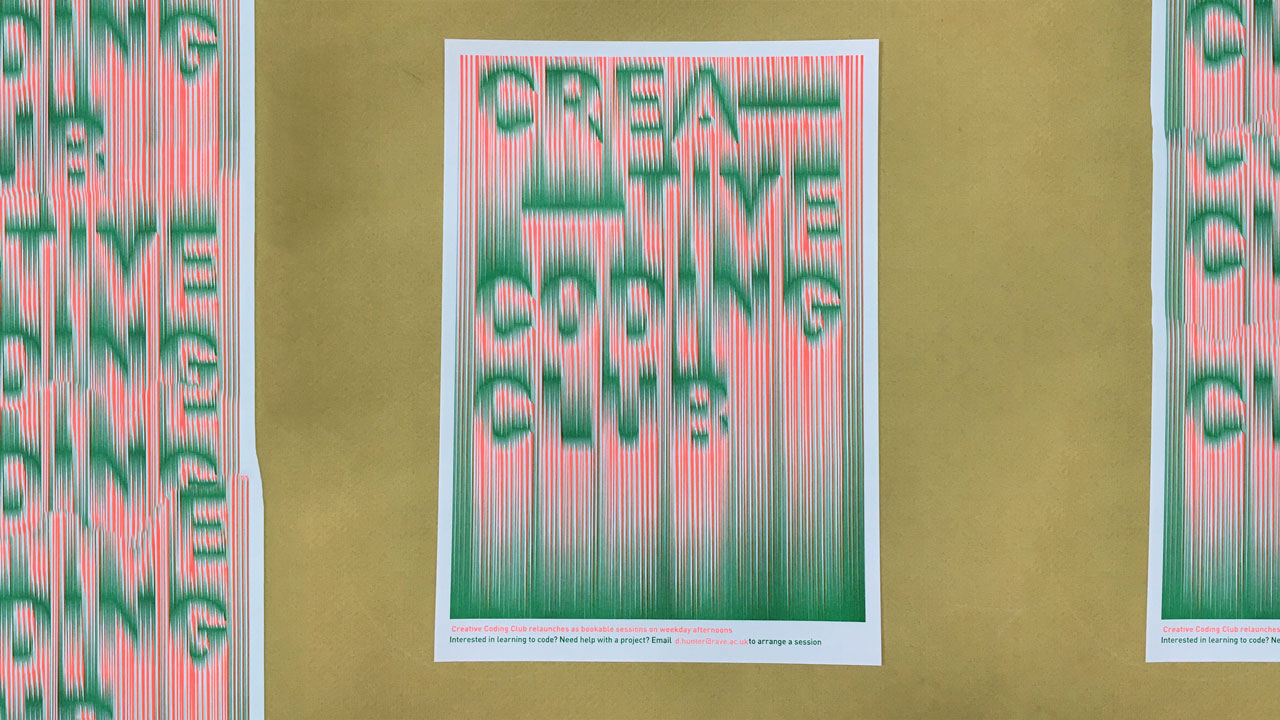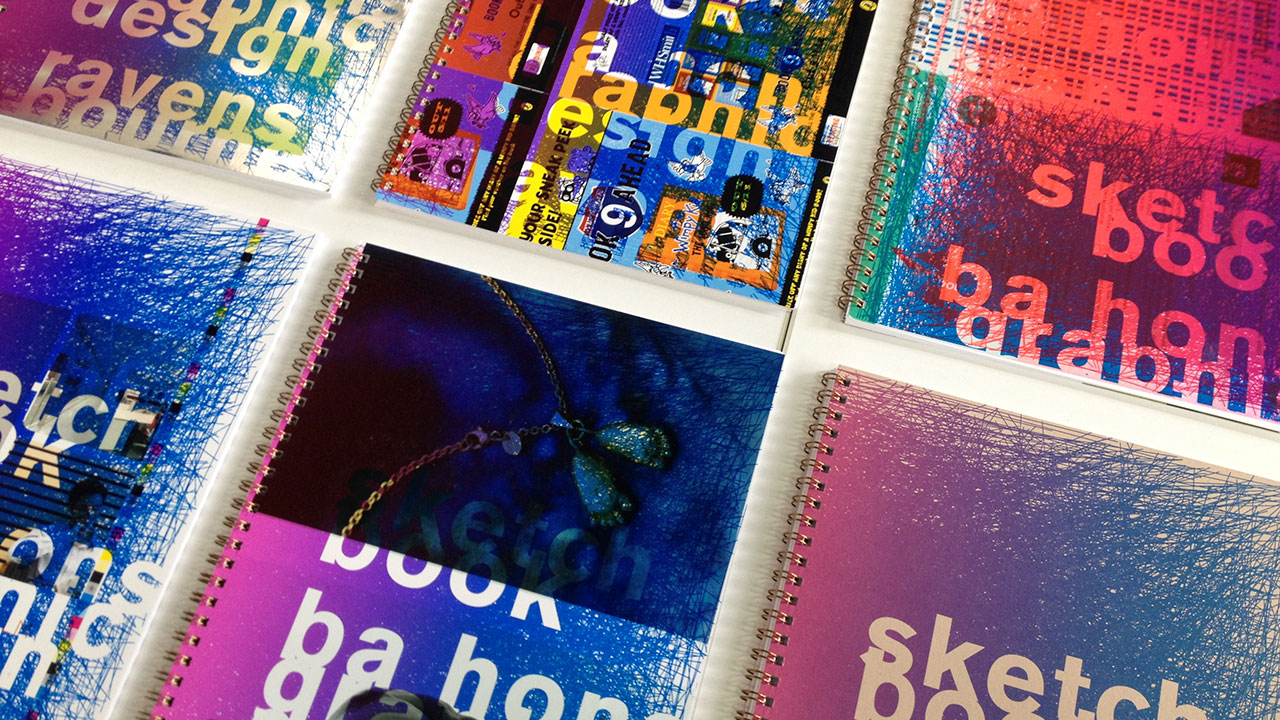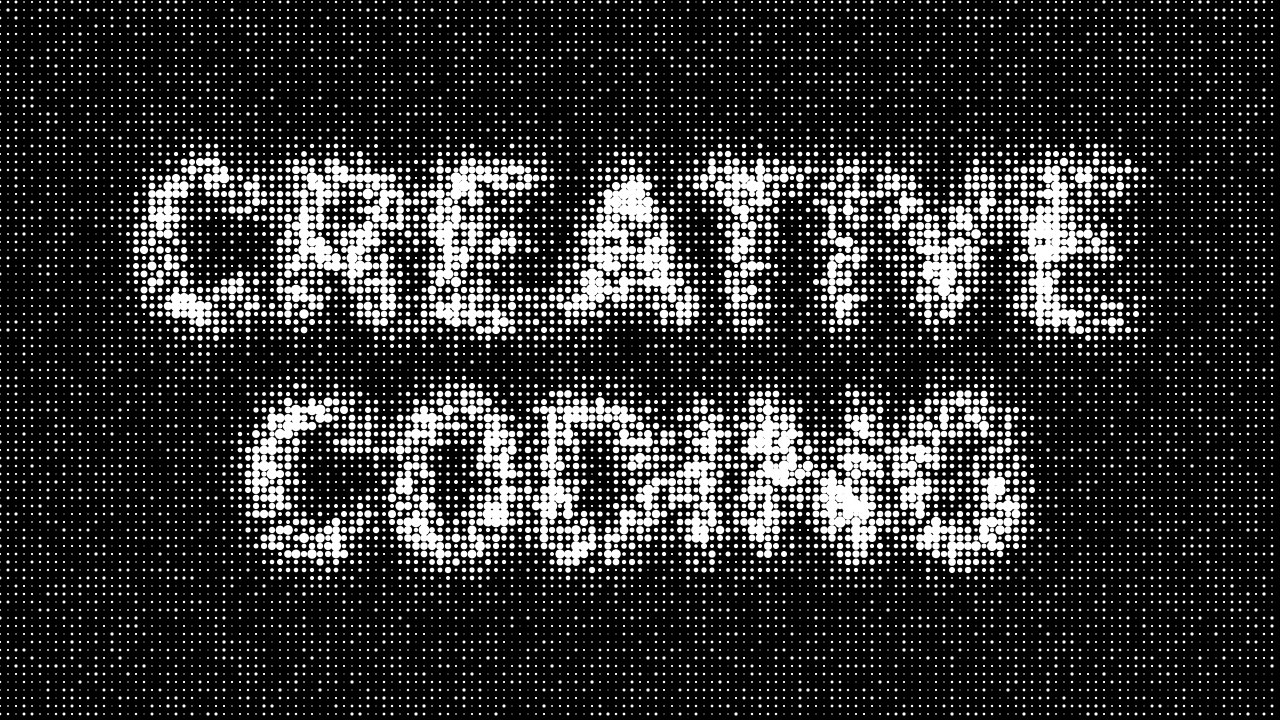Take Flight is an interactive sculpture combining both fragility and vigour. Thirty-two sets of rhythmically beating wings mounted on a surface behave as a swarm, influenced both by one another and the curious visitors who may approach them. Take Flight is dynamic, occupying a space somewhere between the natural and the synthetic.
Each set of wings that make up the sculpture is unique, its design generated using a specific algorithm and the delicate filigree pattern giving each pair a distinctive character, creating an intriguing foil to their insistent movements.
Take Flight was commissioned for Level39, Canary Wharf. It has since been exhibited at NOW Gallery, North Greenwich, and Fish Island Labs, Hackney Wick.
You can view a video of Take Flight in action on vimeo: takeflight. If you are interested in including Take Flight in an exhibition, or further commissions, please get in touch using the details below.
A big thank you to Britta Pollmuller, Richard Colson, Keith Watson, Jeremy Gardiner, Jake Durrant, Jason Taylor, Stefan Christou, and especially Sam Greenfield.
